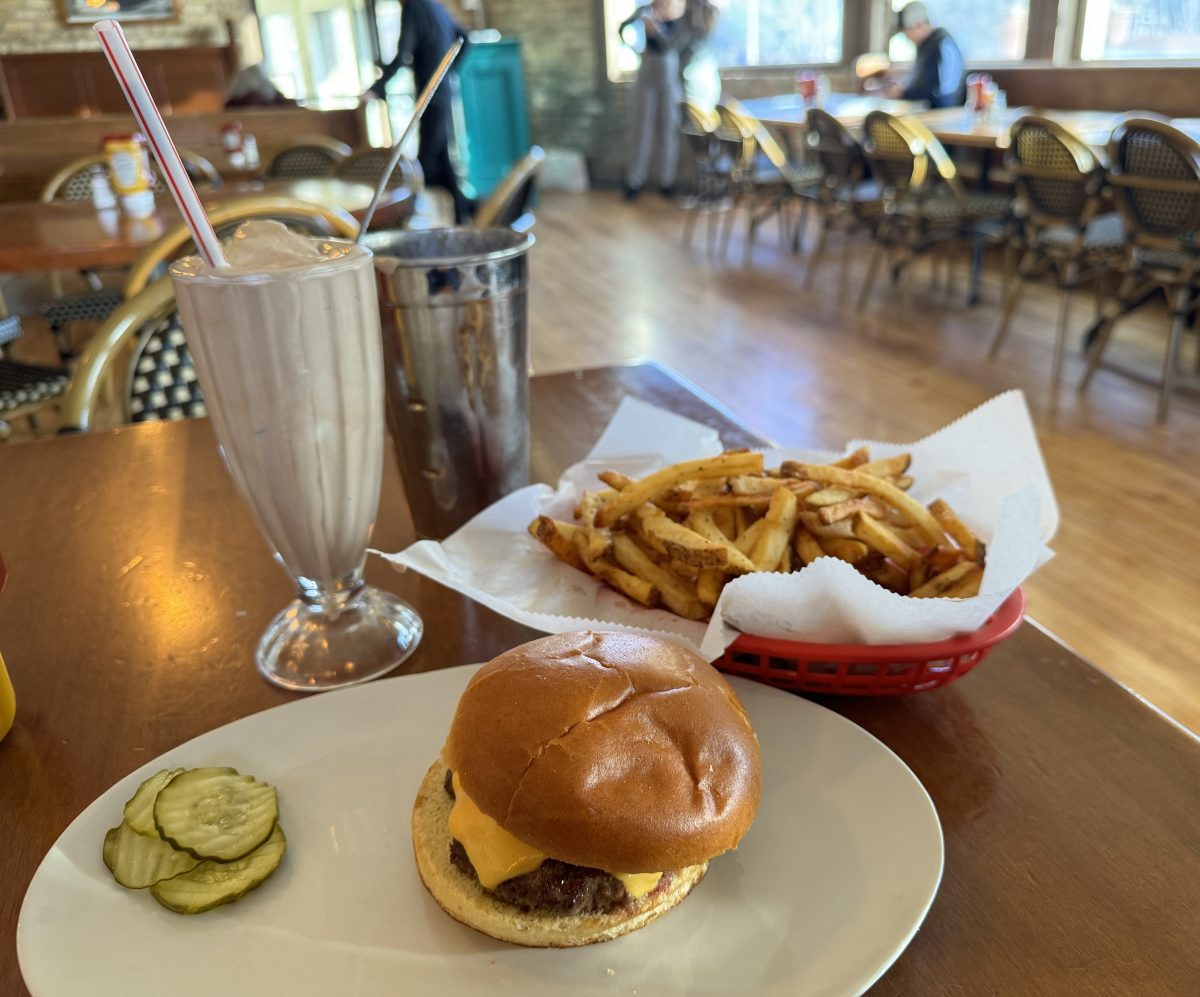University of Minnesota graduate student Ching-Hao Chang misses the food he grew up with in Taiwan. But without the time or available ingredients to cook, and only one local Taiwanese restaurant, he’s had to settle for eating fast food once or twice a week.
“Most of [the fast food options] are typical American food,” he said. “And American foods are not healthy in general.”
While the “freshman 15” is a well-known part of campus life, some international students say the drastic diet change can result in a freshman 20 or 30.
University researcher Andrew Odegaard has been researching the impact of this “Westernization” of diets as part of a study published earlier this month.
He teamed up with researchers from the National University of Singapore and the University of Pittsburgh to analyze the eating habits of Chinese immigrants in Singapore who transitioned from traditional foods to American-style fast food franchises.
In a 16-year health study, he found the risk of dying from heart disease was 20 percent higher for participants who ate fast food once a week than participants who didn’t eat fast food. That number rose to 80 percent for participants who ate fast food four or more times a week.
Odegaard said he didn’t think the research could directly apply to international students here because there are many cultural differences, and they are much younger than the people in the study — the 52,600 people he analyzed were aged 45 to 74.
But if international students significantly changed their eating habits when they moved here, he said, that could cause weight gain in the short term and more serious issues in the long term.
“Everything you do over your lifetime generally affects your risk of developing diseases later in life,” he said.
According to the most recent College Student Health Survey of University students, from 2010, 31 percent of University students were overweight, obese or extremely obese.
Eric Sannerud, a member of U Students Like Good Food, said the group’s goal is to create healthier food options in places like Coffman Union.
“Right now, we can make so many different choices for what kind of deep-fried chicken we want,” he said, “but there’s not really an option for a good salad.”
When the University remodeled the student union in the early 2000s, it let students decide what dining options went inside it.
Leslie Bowman, executive director of contract administration, said a mass survey revealed that students’ top preferences were Asian food, Mexican food and a “burger concept.”
The University responded to the students’ wishes by choosing Panda Express, Baja Sol Tortilla Grill and Chick-fil-A for Minnesota Marketplace, the main food court.
Bowman said student input was “critical” to how the University chose what brands went into Coffman Union.
“I think it’s really important that they have a say and that they have an input in what they’re going to have open to them,” she said.
Bowman said when it comes to nutrition, the University doesn’t have very much control over the food vendors because most of them are national brands, but University Dining Services combats this by being more transparent with nutrition content.
“I also believe that we need to continue to offer some of the products that wouldn’t be perceived as healthy or as healthy as other products so that our customers — and it’s not just students — have choice,” she said.
Sophomore Rachel Hauser agreed that on-campus fast food had an array of options.
“There’s healthy food and then there’s not healthy food, so you can choose to eat healthy if you want,” she said.
This choice can come at a price, though. Another University student, Rah Riley, said the expense of healthy food on campus frustrates her.
“A small cup of fruit is almost $4, which just seems obnoxious,” she said. “If you want to eat healthier, it’s almost harder.”
When pressed for time, fast food can be the only option. Chang said what many students said about fast food on campus:
“I would not say that it’s healthy,” he said, “but it’s convenient.”
















